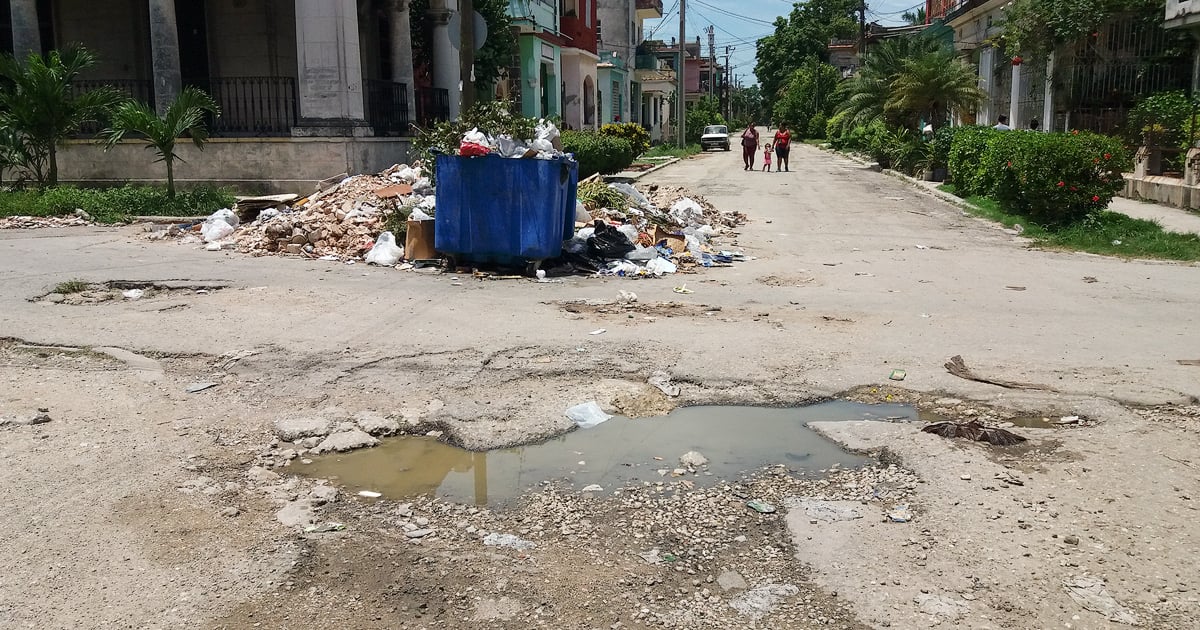Eduardo Rodríguez Dávila, the Cuban Minister of Transportation, has recently acknowledged the ongoing deterioration of the country's road infrastructure, emphasizing that this issue is "taking its toll" not only materially but also through a rise in accidents and their consequences. His remarks were shared in a detailed Facebook post where he discussed the complex road safety situation on the island.
Rodríguez Dávila noted that although the number of accidents decreased in 2024, several major incidents in recent days have raised alarm due to the high number of fatalities, injuries, and vehicle damages involved. He explained that while the exact impact of road conditions is hard to quantify, they directly contribute to accidents and vehicle wear and tear. "The poor condition of many of our roads directly results in accidents and vehicle degradation," he stated.
The minister pointed out that although highways and main roads receive more focus, the condition of peripheral roads remains worrisome. Factors exacerbating this situation include a shortage of materials, fuel deficits, a lack of specialized equipment, and outdated machinery. "Overall, the deterioration accumulates," he emphasized.
Deteriorating Road Conditions and Their Impact on Accidents
Rodríguez Dávila also addressed the latest statistics on traffic accidents in Cuba, highlighting the top five causes:
Lack of attention to vehicle control: Although accidents due to this cause decreased compared to 2023, it remains the leading cause of accidents. Pinar del Río has the highest number of fatalities attributed to this issue.
Failure to yield the right of way: This second cause has seen an increase in the severity of accidents, with more fatalities and injuries, particularly in provinces like Granma, Guantánamo, and Camagüey.
Speeding in adverse conditions: For every seven accidents related to this cause, one involved a loss of life. Holguín, Matanzas, and Camagüey record the most alarming statistics.
Driving under the influence of toxic substances.
Technical defects of vehicles: Despite efforts to conduct technical inspections, a lack of spare parts and resources limits improvements.
The Minister called for shared responsibility between authorities and citizens to reduce accidents, stressing the need for greater road safety education, scientific involvement, and improved communication from state media. He also underscored the importance of strengthening the enforcement of road safety regulations, particularly in the state sector.
Rodríguez Dávila expressed his personal commitment to this issue, mentioning his direct involvement in activities such as taxi driving to better understand the sector's challenges. "Every Cuban family altered by the loss of a member is reason enough to change whatever needs to be changed and reduce accidents in Cuba," he concluded.
Significant Traffic Incidents in Early 2025
As of early 2025, Cuba has experienced a series of significant traffic accidents that have raised concerns among the public and authorities. These incidents highlight the urgent need to address the country's road safety challenges.
One of the most severe accidents occurred on January 20 on the road connecting Morón and Isla de Turiguanó in Ciego de Ávila. A collision between two buses transporting workers to the Cayo Coco and Guillermo resorts resulted in six fatalities and 59 injuries. Poor visibility due to dense fog was a contributing factor, and preliminary investigations suggest human error as the main cause.
In another incident on January 18, a 24-year-old man lost his life when his vehicle crashed into a pole at the intersection of G and Malecón in Havana. This stretch is notorious for its danger, and local residents have noted that the curve in this area has been the site of multiple fatal accidents in the past.
Additionally, on January 17, in Chambas, Ciego de Ávila, a two-year-old child was killed after being hit by a car attempting to overtake a tractor. The child was traveling on a bicycle with his mother, who was injured but is in stable condition.
Understanding Cuba's Road Safety Challenges
What are the main causes of traffic accidents in Cuba?
The main causes include lack of attention to vehicle control, failure to yield the right of way, speeding in adverse conditions, driving under the influence, and technical defects in vehicles.
How does road deterioration impact vehicle accidents in Cuba?
Poor road conditions contribute directly to accidents and vehicle wear and tear, making it a significant factor in traffic safety issues.
What actions has the Cuban government suggested to improve road safety?
The government emphasizes shared responsibility for road safety, advocating for better education, scientific involvement, and stricter enforcement of safety regulations.
